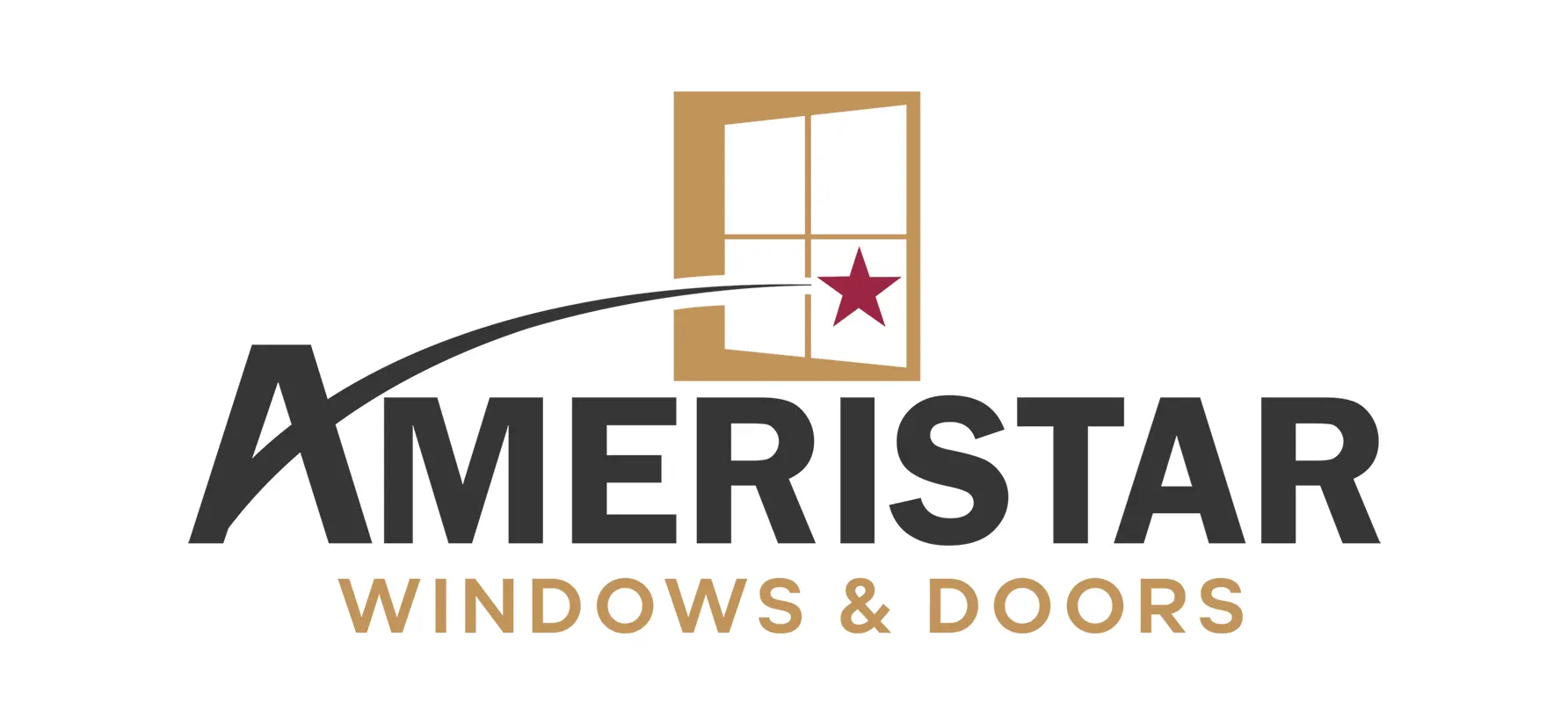
Choosing the right window material is significant for Temecula homeowners when considering window replacement. With its hot summers and mild winters, the local climate is crucial in determining the best materials for energy efficiency and durability. Every window material has pros and cons, so it’s important to know your options. In this article, we’ll break down the most popular window materials, how energy-efficient they are, and the key glazing options to consider—especially if you’re looking into window replacement in Temecula.
Types of Window Materials
Understanding the various materials available is crucial when choosing the right windows for your home. Each type of window material has its own set of advantages and disadvantages. If you are still unsure what type of replacement window materials you need and want, Ameristar Windows can help you with design options.
Vinyl
Vinyl windows are a cost-effective choice for homeowners. Made from polyvinyl chloride (PVC), they are available in multiple colors and styles and require minimal maintenance. Thanks to their insulating properties, vinyl windows are also energy-efficient. However, they may lack the traditional appeal of wood and can fade or discolor over time with prolonged exposure to the elements.
Wood
Wood windows are celebrated for their classic aesthetic and natural beauty. Wood has withstood the test of time as a natural material, making it a popular choice for traditional and modern homes. They offer excellent insulation, ensuring energy efficiency, and can be customized to fit any style. However, wood requires consistent maintenance to prevent rot, warping, and insect damage. These windows can provide unparalleled warmth and charm for homeowners willing to invest time and effort into upkeep.
Aluminum
Aluminum windows are known for their strength and durability. They are resistant to corrosion and require little maintenance, which makes them suitable for harsher climates. While they may not provide the same level of insulation as wood or vinyl, advancements in technology have led to energy-efficient options incorporating thermal breaks. Aluminum windows have a modern look but can be susceptible to condensation in cold climates.
Fiberglass
Fiberglass windows represent a high-performance option for homeowners seeking durability and energy efficiency. Made from glass fibers and resin, these windows are resistant to warping, cracking, and fading, ensuring they maintain their appearance over time. Fiberglass offers excellent insulation values, making it an energy-efficient choice. However, they can be higher in price, which may be a consideration for budget-conscious buyers.
Wood-Clad
Wood-clad windows combine the best of both worlds by offering a natural wood interior and a durable exterior shell made of vinyl or aluminum. This design allows homeowners to enjoy the beauty of wood indoors while benefiting from the low maintenance and durability of other materials on the outside. This hybrid option is particularly appealing for those who want a traditional look without the upkeep associated with all-wood windows.
Composite
Composite windows utilize a blend of materials, often combining wood fibers and plastic polymers. This innovative approach results in a window that offers the warmth of wood with the weather resistance of vinyl. Composite windows are typically low maintenance, energy-efficient, and rot and insect-damage-resistant. However, they can be more expensive than standard vinyl options, making them a premium choice.
Understanding Energy Ratings of Windows
When selecting windows for your home, it’s essential to consider their energy ratings, which are crucial in determining their efficiency and overall performance. Key metrics include:
- U-Value (or U-Factor): This rating measures the heat transfer rate through the window, with lower values indicating better insulation against heat loss.
- Solar Heat Gain Coefficient (SHGC): This metric assesses how effectively a window blocks sunlight’s heat. A lower SHGC is preferable for warmer regions where cooling costs are a concern.
- Air Leakage: This rating indicates how much air passes through the window assembly. Windows with a lower air leakage rating are more effective at maintaining a stable indoor temperature.
By analyzing these ratings, you can make an informed decision that balances energy efficiency, comfort, and cost savings. Look for windows that provide a comprehensive energy rating label to help you compare options easily.
Glazing Options
Choosing the right glazing can further enhance window performance. Here are the primary options available:
Single-Pane Glass
Single-pane glass is the most basic type of glazing and typically offers minimal insulation. While it may be suitable for mild climates, it is generally not recommended for energy efficiency due to its limited thermal performance.
Double-Pane Glass
Double-pane glass consists of two sheets of glass with a gap between them filled with air or gas, enhancing insulation properties. This type of glazing helps reduce drafts and noise and is the most common choice for modern windows, offering a good balance between cost and energy efficiency.
Triple-Pane Glass
Triple-pane glass features three layers of glass and two insulating spaces. While it is generally more expensive, it provides superior insulation and energy efficiency, making it an excellent option for areas with extreme weather conditions.
Factors Influencing Window Material Choice
When deciding on window materials, several factors should be taken into account:
Aesthetic Preferences
Your choice of window material should complement your home’s architectural style. Wood may suit traditional designs, while aluminum and fiberglass may better align with modern aesthetics.
Functional Requirements
Consider how the window will be used. For example, windows in high-moisture areas like bathrooms may benefit from vinyl or fiberglass materials.
Local Climate Considerations for Temecula
Temecula’s climate is characterized by hot, dry summers and mild, wetter winters. To keep homes cool in summer and warm in winter, homeowners should consider materials that provide excellent thermal insulation. Vinyl, fiberglass, and composite materials offer strong thermal resistance, while Low-E coatings and double—or triple-pane glazing can significantly improve energy efficiency in this climate.
Cost Considerations
Balance your budget with your long-term energy savings. While some materials may have a higher upfront cost, their energy efficiency may lead to savings over time.
Maintenance Requirements
Assess your willingness to perform regular maintenance. Materials like vinyl or fiberglass may be preferable if you prefer low-maintenance solutions.
Which Window Material is Best for Your Home?
A vinyl window material is the best option for most homeowners. Vinyl is low-maintenance and relatively economical compared to other window material options. Vinyl frames are lightweight and recyclable, making them popular choices for replacement windows and new window installation. For homeowners considering window replacement in Temecula, quality vinyl windows offer excellent energy efficiency, durability, and cost-effectiveness, making them an ideal choice for the region’s climate.
Ready to upgrade your windows? Contact Ameristar Windows and Doors today to explore our wide range of energy-efficient, durable, and stylish replacement windows in Temecula tailored to the unique climate. Get a free consultation, and let us help you transform your home!

